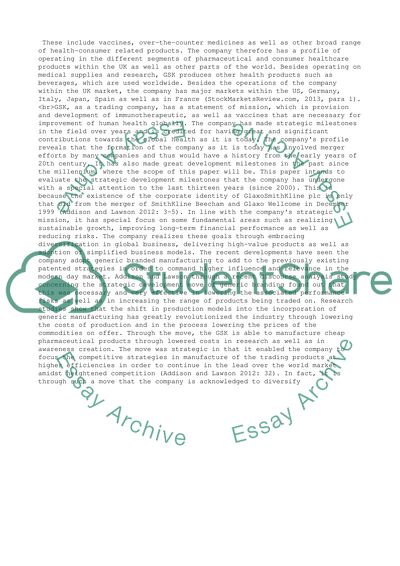Cite this document
(“Longitudinal Strategy Essay Example | Topics and Well Written Essays - 2250 words”, n.d.)
Longitudinal Strategy Essay Example | Topics and Well Written Essays - 2250 words. Retrieved from https://studentshare.org/management/1486064-longitudinal-strategy
Longitudinal Strategy Essay Example | Topics and Well Written Essays - 2250 words. Retrieved from https://studentshare.org/management/1486064-longitudinal-strategy
(Longitudinal Strategy Essay Example | Topics and Well Written Essays - 2250 Words)
Longitudinal Strategy Essay Example | Topics and Well Written Essays - 2250 Words. https://studentshare.org/management/1486064-longitudinal-strategy.
Longitudinal Strategy Essay Example | Topics and Well Written Essays - 2250 Words. https://studentshare.org/management/1486064-longitudinal-strategy.
“Longitudinal Strategy Essay Example | Topics and Well Written Essays - 2250 Words”, n.d. https://studentshare.org/management/1486064-longitudinal-strategy.


